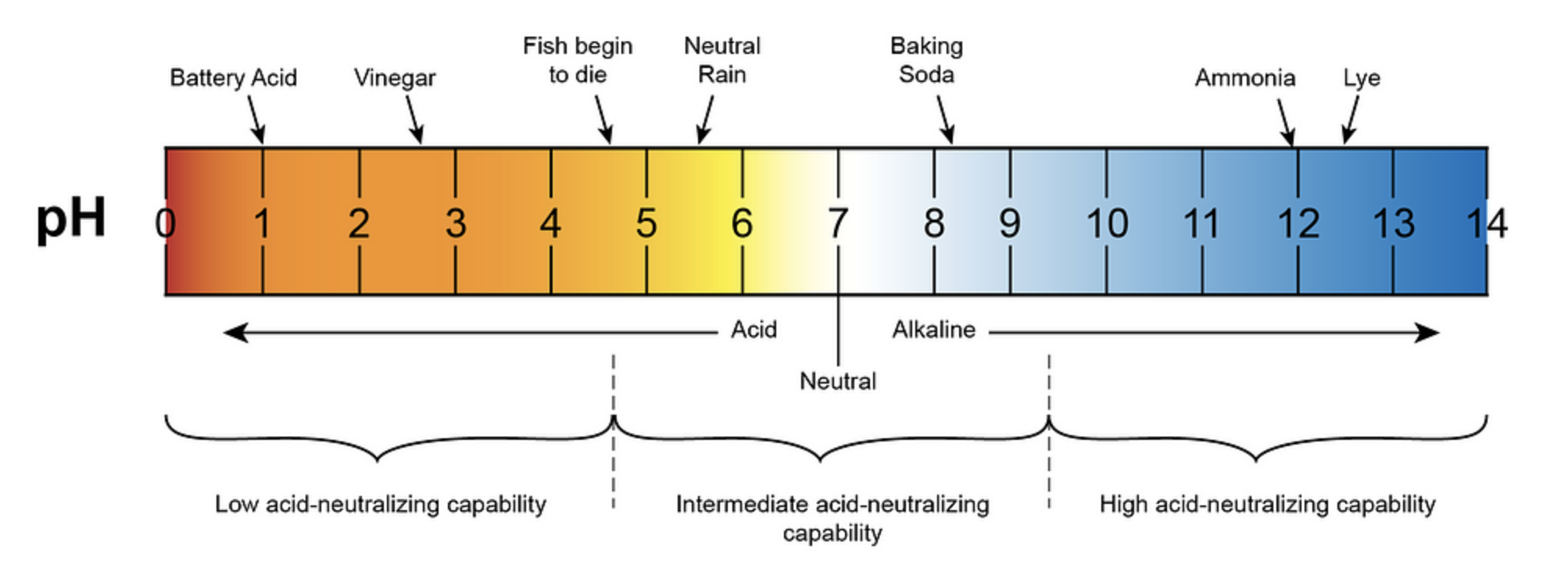The pH of quinine water is a crucial factor to consider, as it can impact the taste, effectiveness, and safety of this popular beverage. Quinine, a weak base with a pKb of 5.480, plays a significant role in determining the pH of the solution. In this comprehensive blog post, we will delve into the details of the pH of quinine water, including its composition, contaminants, and alternatives.
Understanding the Basicity of Quinine
Quinine is a naturally occurring alkaloid that is widely used in the production of tonic water. Due to the presence of a nitrogen atom, quinine has the ability to pick up protons from water, similar to the behavior of ammonia. This property gives quinine its basic nature, resulting in a higher concentration of hydroxide ions (OH-) compared to hydrogen ions (H+) in the solution.
A 0.0015 M solution of quinine has a pH of 9.84, indicating that the solution is basic. This means that the water used to make the quinine water has a higher concentration of hydroxide ions than hydrogen ions, making the overall solution alkaline.
Factors Affecting the pH of Quinine Water
The pH of quinine water can be influenced by several factors, including:
-
Quinine Concentration: The concentration of quinine in the solution directly affects the pH. Higher concentrations of quinine will result in a more basic solution, while lower concentrations will lead to a less basic or even neutral pH.
-
Water Quality: The pH of the water used to make the quinine water can also impact the overall pH of the solution. If the water contains contaminants or chemicals, it may alter the pH of the final product.
-
Additives and Preservatives: Quinine water may contain other substances, such as sweeteners or preservatives, which can also affect the pH of the solution.
Contaminants and Chemicals in Quinine Water
It is important to note that quinine water may contain various contaminants and chemicals that can impact the pH of the solution. These may include:
- Preservatives: Quinine water may contain preservatives, such as sodium benzoate or potassium sorbate, which can affect the pH.
- Sweeteners: The addition of sweeteners, such as sugar or artificial sweeteners, can also influence the pH of the solution.
- Water Contaminants: The water used to make quinine water may contain impurities or chemicals that can alter the pH.
Dealing with pH Imbalances in Quinine Water
To ensure that quinine water has the desired pH, it is essential to use high-quality water and to measure the pH of the solution before consumption. If the pH is too high or too low, it may be necessary to adjust the concentration of quinine or to use water with a different pH.
It is also important to follow the recommended dosage for quinine water and to consult with a healthcare provider if there are any concerns about the safety or effectiveness of the solution.
Alternatives to Quinine Water
If you are looking for alternatives to quinine water, there are several options available:
- Tonic Water without Quinine: Tonic water can be made without the inclusion of quinine, providing a similar flavor profile without the potential pH concerns.
- Other Antimalarial Drugs: There are other antimalarial drugs available that do not contain quinine, which may be a suitable alternative for those seeking a different treatment option.
- Natural Remedies: Substances like lemon juice or apple cider vinegar can be used to adjust the pH of water or other beverages, providing a natural alternative to quinine water.
Conclusion
The pH of quinine water is a crucial factor to consider, as it can impact the taste, effectiveness, and safety of this popular beverage. By understanding the basicity of quinine, the factors affecting the pH, and the potential contaminants and chemicals present, you can ensure that your quinine water is safe and enjoyable to consume. Additionally, exploring alternatives to quinine water can provide you with more options to meet your needs.
References:
- Quinine is an alkaloid or naturally occurring base used to treat malaria. A 0.0015 M solution of quinine has a pH of 9.84. The basicity of alkaloids is due to a nitrogen atom that picks up protons from water, in the same manner as ammonia does.
- Quinine is a weak base that is used to flavor tonic water and treats malaria. The Kb for quinine is 3.3 times 10^-6. Calculate the pH of a 1.7 times 10^-2 M solution of quinine.
- Quinine is a weak base with a pKb of 5.480. This means that in a solution, quinine will partially dissociate into its base and conjugate acid forms.

